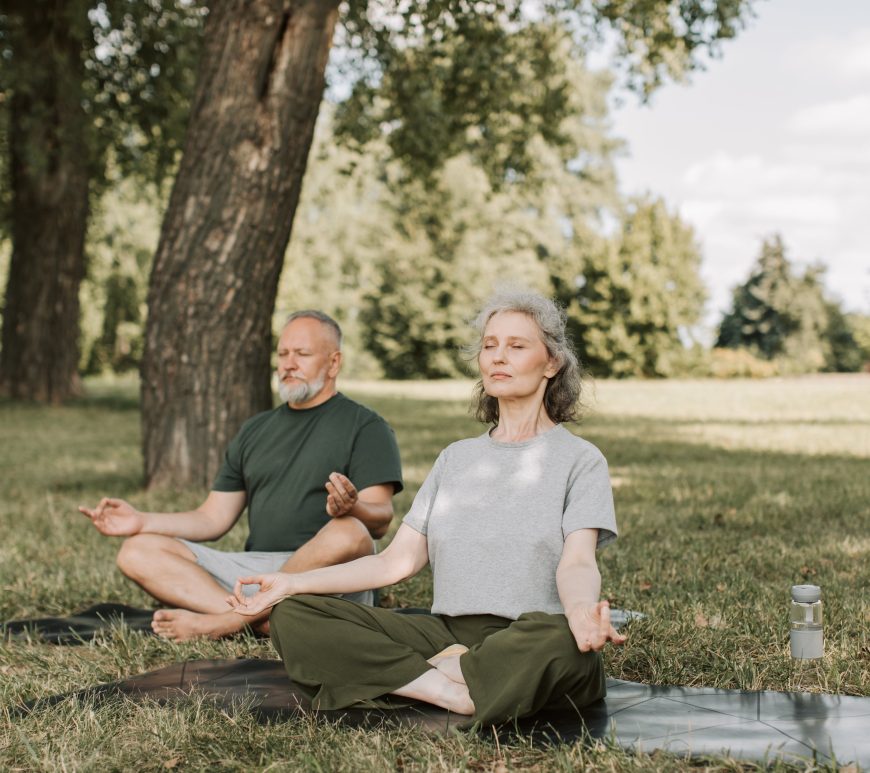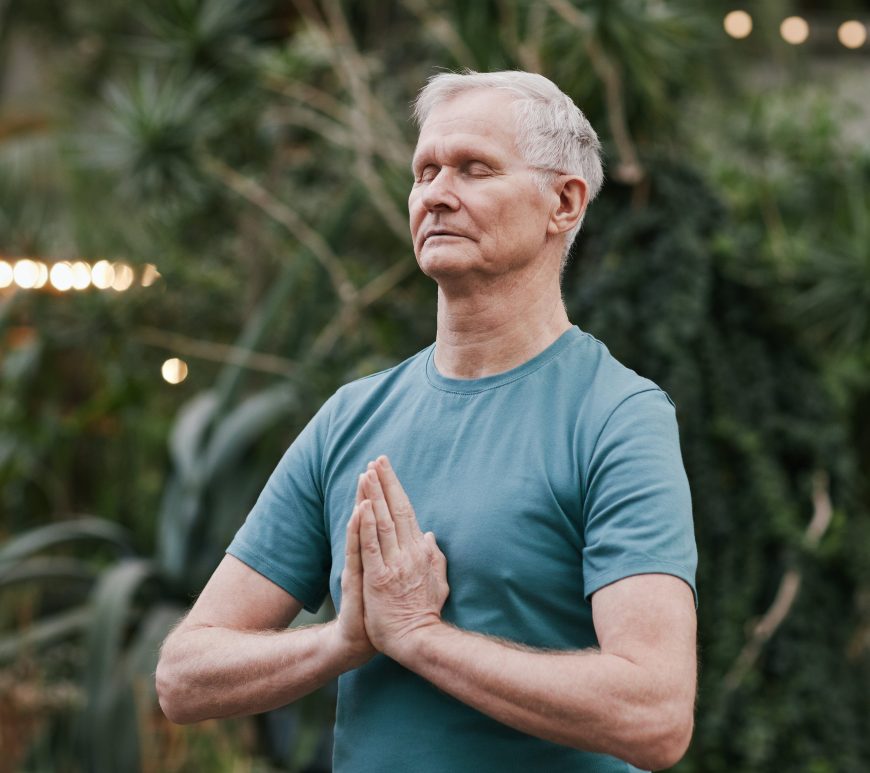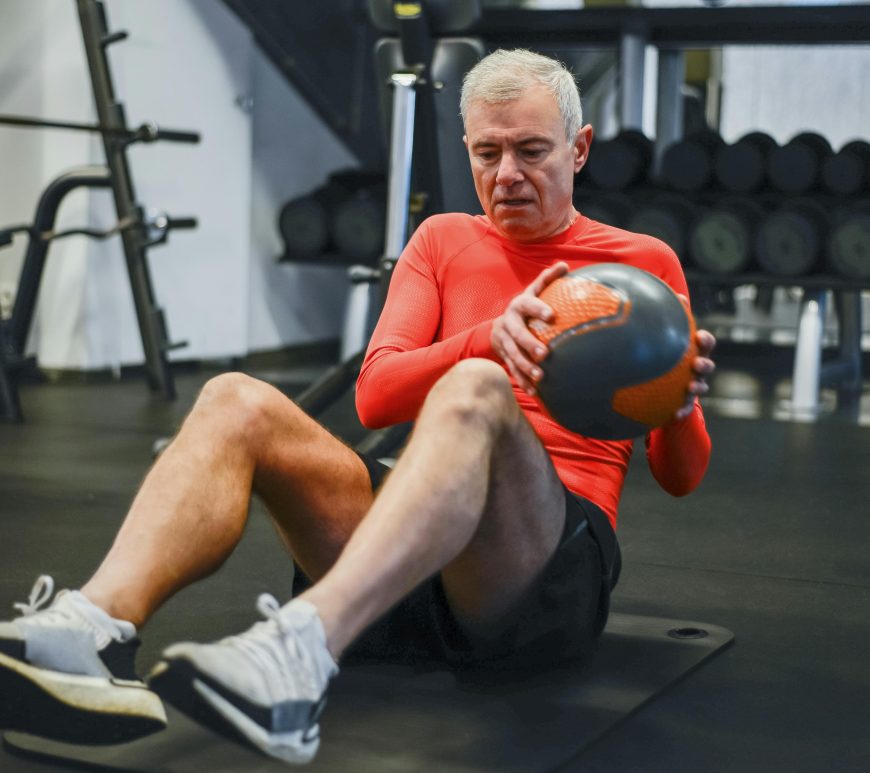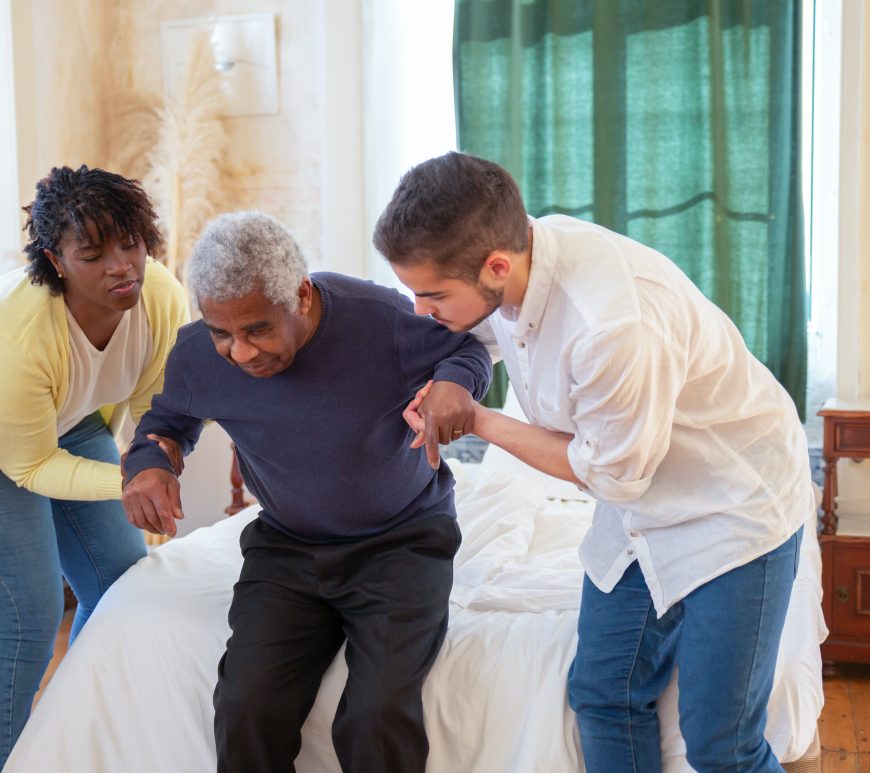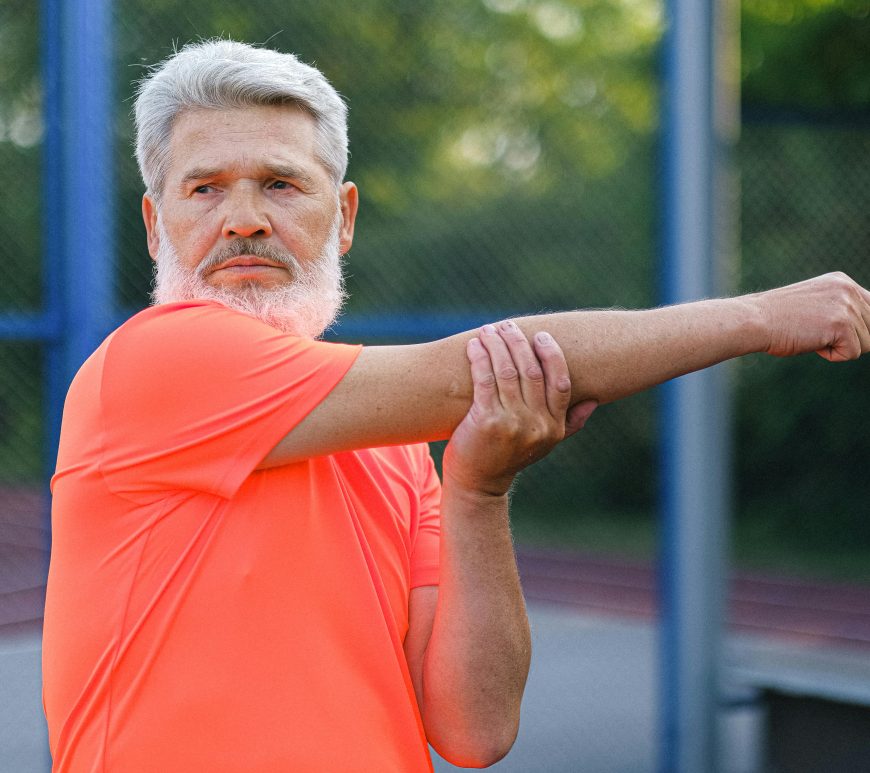
Does combined nutritional supplementation and resistance training enhance muscle strength in elderly individuals?
In 2004, a study by Bunout, et. al., aimed to evaluate the effects of a year-long program involving both nutritional supplementation and resistance training on muscle strength and walking capacity among elderly individuals. With aging, maintaining muscle strength and mobility becomes increasingly crucial for maintaining overall health and independence. Thus, understanding the potential benefits of such interventions is essential for promoting healthy aging. The study … Continue reading Does combined nutritional supplementation and resistance training enhance muscle strength in elderly individuals?
